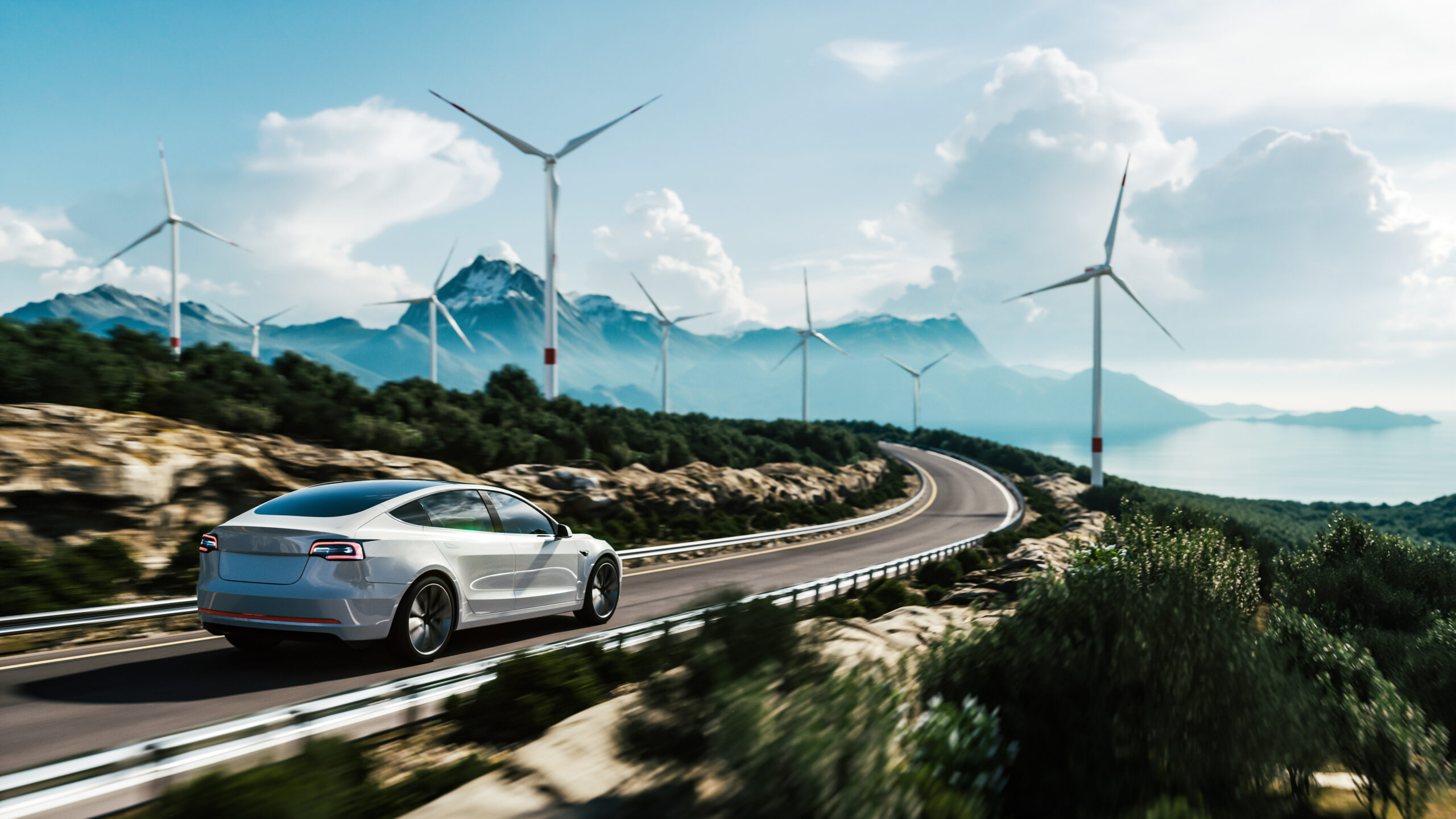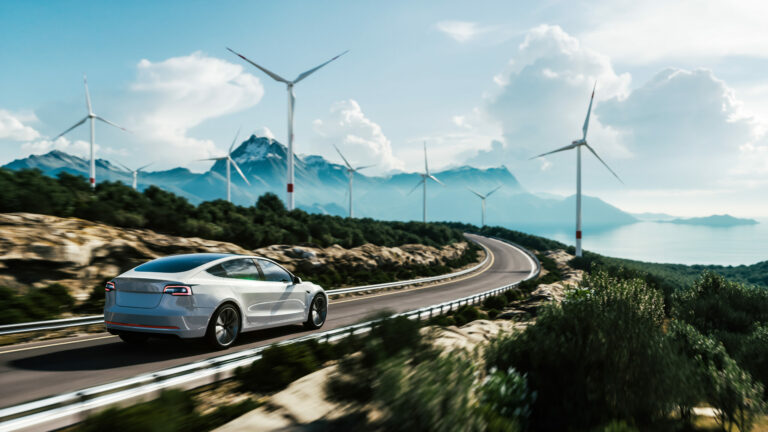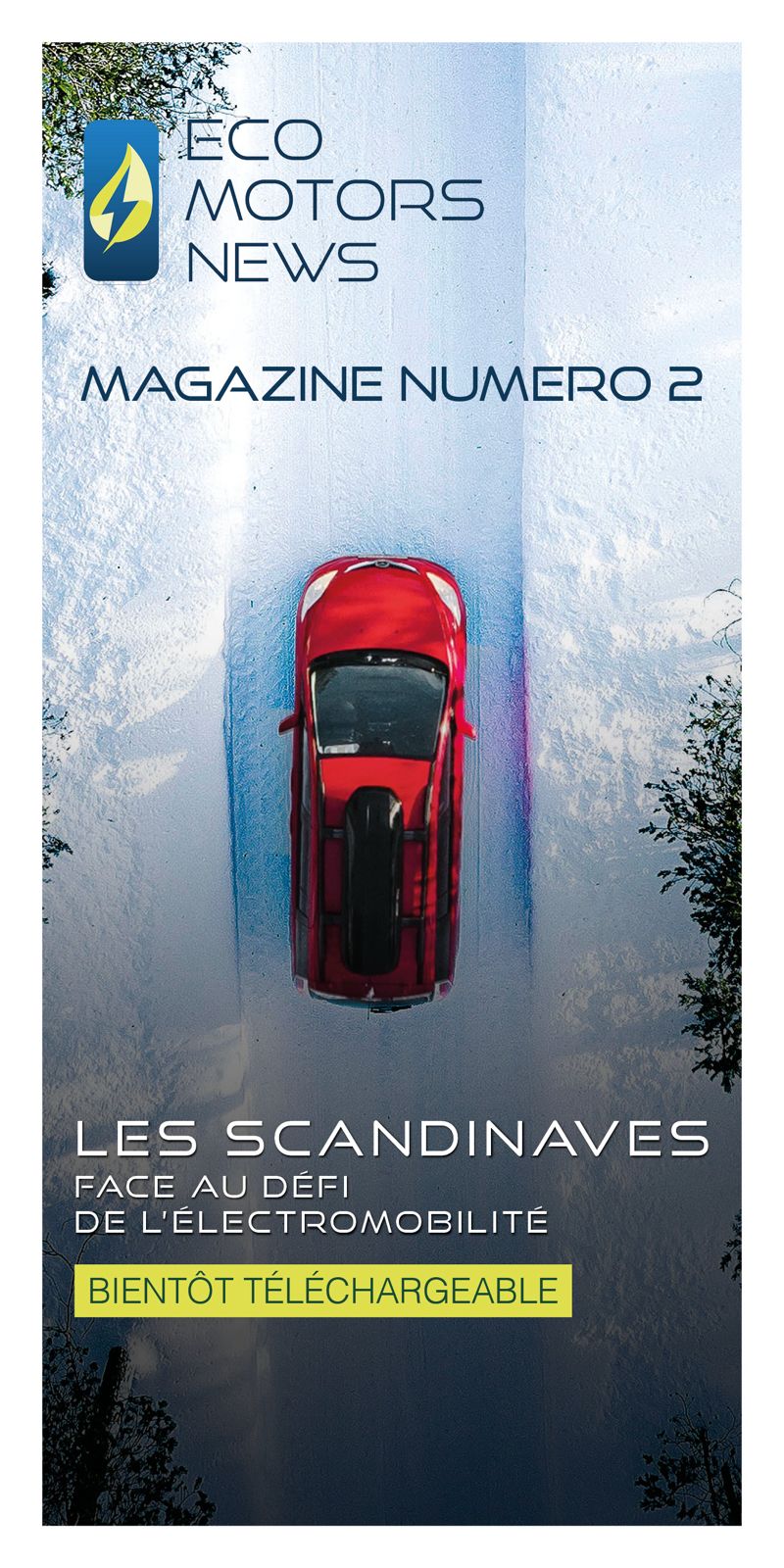Canada’s ambitions are among the highest in the world, with a target of 100% zero-emission vehicle sales by 2035. But by 2025, the reality on the ground is quite different: sales of electric vehicles are plummeting, the infrastructure is struggling to keep up and the government incentives that boosted the market have abruptly disappeared.
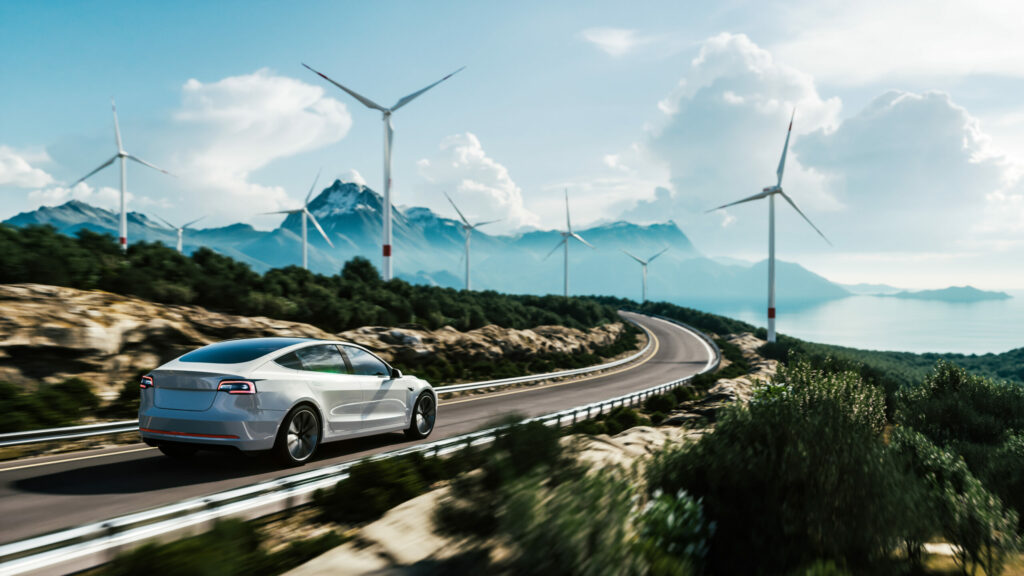
Stable car market, but electric cars in freefall
The Canadian car market is relatively stable, with around 159,000 vehicles sold in October 2025, down 1.8% on October 2024. A slight drop, but over the first nine months of the year, Canada sold almost 1.45 million units, up 5.9% on the same period last year. So the overall market is in good shape, but unfortunately these figures mask a much bleaker reality for the electric mobility sector.
Zero emission vehicles (ZEVs) are having a catastrophic year in 2025. In the second quarter, their market share fell to 9.2%, compared with 9.7% in the first quarter. What is even more striking is that in June 2025, 14,090 zero-emission vehicles were sold, representing a significant fall of 35.2% compared with June 2024. Over the first six months of 2025, the figure was the same: 79,476 electric vehicles were sold, a fall of 29.8% compared with the same period in 2024. This spectacular fall is mainly due to the end of subsidies.
The end of incentives: a major blow
As explained above, the country’s objective for the energy transition in transport is ambitious. To achieve a drastic increase in the uptake of EVs, the government has had to introduce budgetary incentives. The federal iZEV (Incentives for Zero-Emission Vehicles) programme, launched in May 2019, offered up to CAD 5,000 in rebates for the purchase of a new electric vehicle. This scheme enabled more than 185,000 Canadians to switch to electric vehicles.
But in January 2025, the government announced the suspension of the programme, having exhausted its budget. This decision had an immediate effect: sales of BEVs fell by 57% between the fourth quarter of 2024 and the first quarter of 2025. Plug-in hybrids are not to be outdone either, with sales down 44% over the same period.
Quebec, the historic powerhouse of electromobility in Canada (strong financial incentives, high EV adoption rates and a well-developed recharging network), also suspended its provincial incentives in February and March 2025. In that province, Tesla registrations fell from 5,097 vehicles in the fourth quarter of 2024 to just 524 in the first quarter of 2025, a staggering 90% drop. Despite this, Canadian provinces have autonomy over certain policies, and Quebec was able to relaunch the « Roulez Vert » incentive programme on 1 April 2025, giving Quebecers up to $4,000 CAD in assistance towards the purchase of an electrified vehicle.
These figures reflect our dependence on public subsidies and reveal the fragility of the Canadian market: when subsidies stop, sales immediately plummet.
Hybrids: the big winners in 2025
This drastic fall in sales has benefited conventional hybrid vehicles, which have managed to hold their own. For the first time in 2025, they have overtaken zero-emission vehicles in terms of market share. In the second quarter, conventional hybrids accounted for 12.9% of sales, compared with 9.2% for all ZEVs.
This shift is due to a number of factors common to other countries: electric vehicles are considered too expensive by motorists, and there are still too few recharging facilities in Canada. Hybrids appear to be a compromise.

An inadequate recharging network
Canada had around 33,767 public charging points spread across 12,955 stations in March 2025, an increase of 24.2% on the previous year. This is encouraging progress, but it falls far short of what is needed, because with its 39 million inhabitants and vast territory of almost 10 million km², Canada suffers from a dispersed geographical coverage, making long-distance journeys more difficult for electric vehicle users.
By way of comparison, France has over 163,000 points for 67 million inhabitants, spread over « only » 551,000 km².
According to a study by Dunsky Energy and Climate, Canada would need 100,520 charging points to achieve its targets. In 2021, the same firm estimated that the country would need 52,000 charging points by 2025. So the development gap is definitely there.
Regional disparities are marked. Most of the infrastructure is concentrated in British Columbia and Quebec. The Atlantic provinces, the Prairies and Northern Canada remain largely under-equipped.
Tesla’s Supercharger network remains the largest in the country. In 2025, Tesla opened up its charging stations to vehicles from other brands. Promising initiatives are emerging: in February 2025, the Australian company Jolt received 194 million dollars to install up to 1,500 chargers in urban centres.
General Motors dethrones Tesla
This year has also seen a major change in terms of manufacturer supremacy: General Motors has become the leading seller of electric vehicles in Canada, dethroning Tesla. GM has an expanded portfolio of 13 electric models, divided between Chevrolet, Cadillac and GMC.
Tesla, which held almost 50% of the electric vehicle market share at the start of 2022, accounted for just 10% in April 2025. This fall can be explained by the arrival of new competitors on the market.
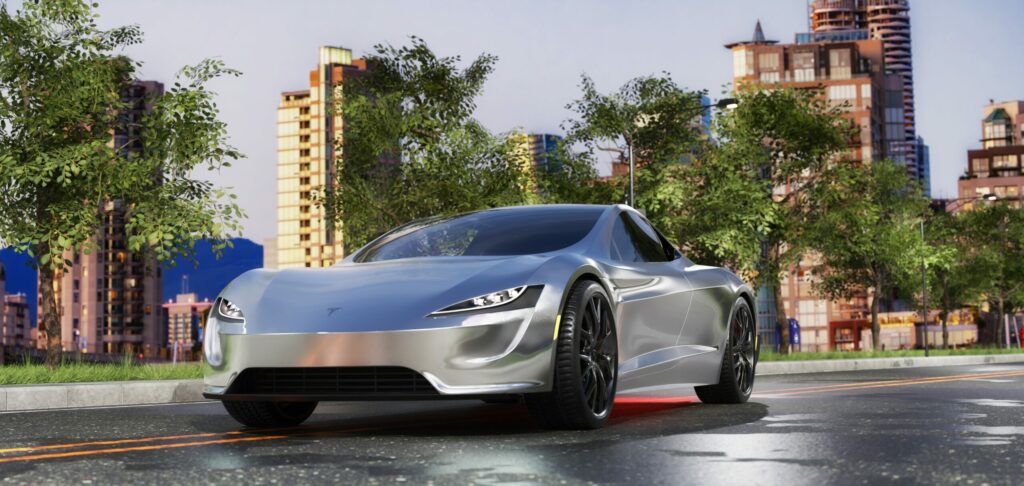
Key Canadian players
Canada is gradually developing its EV industrial chain:
- Lion Électrique, a Quebec manufacturer of electric buses and trucks, plans to have more than 1,400 vehicles on the road by 2025.
- DANA TM4, also based in Quebec, designs and produces electric motors for buses, trucks and industrial vehicles in Canada and abroad.
- Electrify Canada, a network of ultra-fast charging stations, is rolling out its infrastructure in several provinces, but is still limited in relation to needs.
These players exist and are growing, but their market share remains modest, and no local player dominates the national EV market.
The 2035 mandate: an unrealistic objective
With a view to validating its transport energy transition targets, the Canadian government had previously imposed progressive sales targets on manufacturers: 20% VZE by 2026, 60% by 2030 and 100% by 2035. But in September 2025, the government suspended the targets for the 2026 model year. Prime Minister Mark Carney justified this pause by the need to give manufacturers « flexibility ».
Quebec, for its part, has adjusted its targets: in September 2025, the government replaced the objective of 100% zero-emission vehicle sales by 2035 with a target of 90%, now including plug-in hybrids, a decision it justifies as a pragmatic compromise in view of the « North American realities » of the market.
The question now is: how can Canada hope to achieve 100% electric sales in 2035 when it is struggling to exceed 10% in 2025?
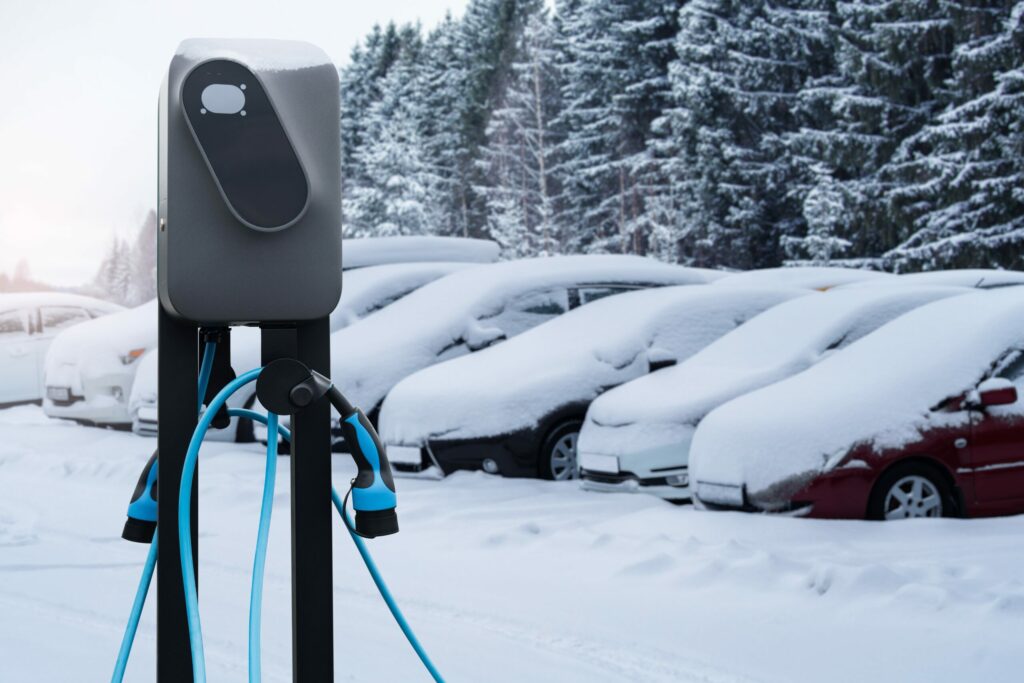
Structural challenges persist
Canada faces a number of major obstacles:
- Purchase price: without subsidies, electric vehicles remain out of reach for many Canadians. While in Europe several entry-level models are available for less than €25,000, and China has some of the most affordable electric vehicles in the world, Canada has a much more limited range. The cheapest models start at around $30,000 CAD (around €19,000). Despite this equivalent price level, the choice of genuinely accessible vehicles remains limited, reinforcing the idea that, without government support, electric vehicles will remain difficult to access for a large proportion of Canadian households.
- Climatic conditions: harsh winters reduce battery life by 20-40%, a challenge for manufacturers and motorists alike, who have to adapt to these demanding and restrictive regional conditions. With such a well-developed recharging network, the adoption of EVs is complicated.
- Regional disparities: this vast territory is not developed on the same scale. While British Columbia and Quebec have electric vehicle market shares of 11.8% or more, Ontario, Alberta and the Atlantic provinces are lagging far behind, particularly in terms of recharging infrastructure.
- Attachment to pick-ups: Canada is one of the countries with the highest proportion of vans and pick-ups in the world. But electric pick-ups are expensive, and their range drops sharply in winter or when towing. For many Canadians, the current electric range does not meet their real needs (towing, long distances, outdoor work).
Canada, an ambitious but limited country
In 2025, Canada will embody the contradictions of the electricity transition. With some of the most ambitious regulations in the world, the country is lagging behind Europe and China.
Yet Canada has considerable assets: huge reserves of critical minerals, an established automotive industry and a relatively clean electricity mix. But these assets will not be enough. Without a clear strategy, massive investment in infrastructure and stable incentives, Canada runs the risk of seeing its 2035 ambitions unfulfilled. Canada’s electric transition is currently on hold.

